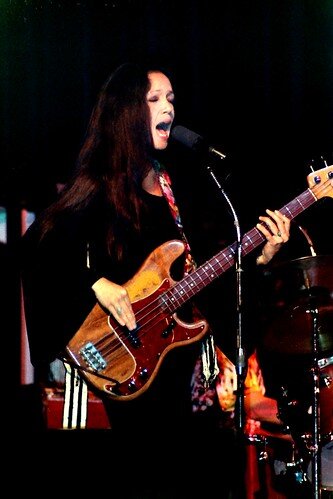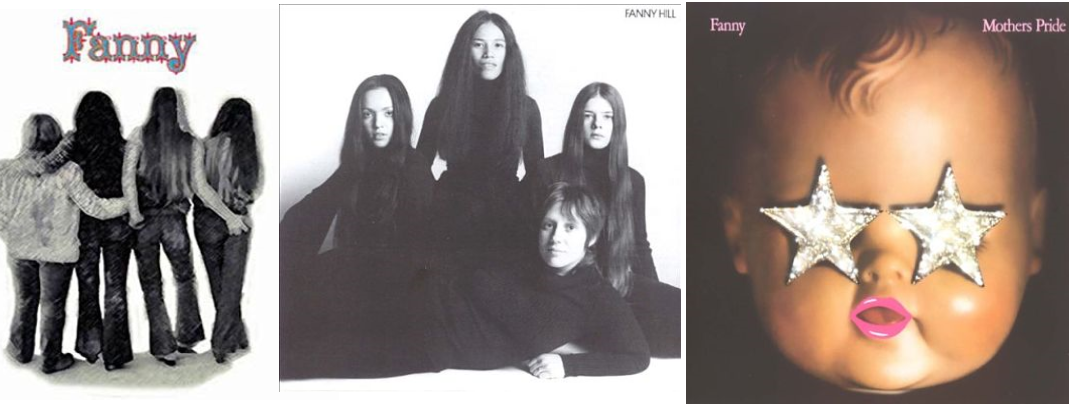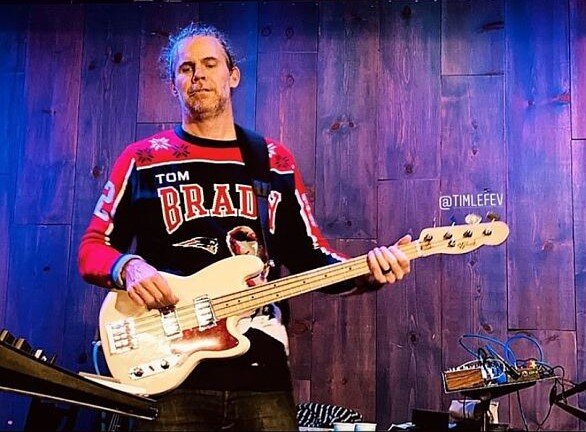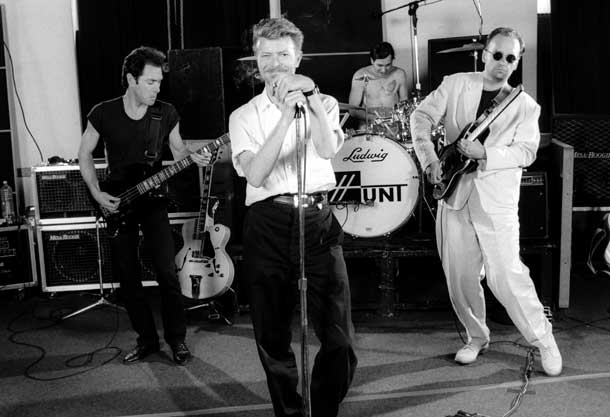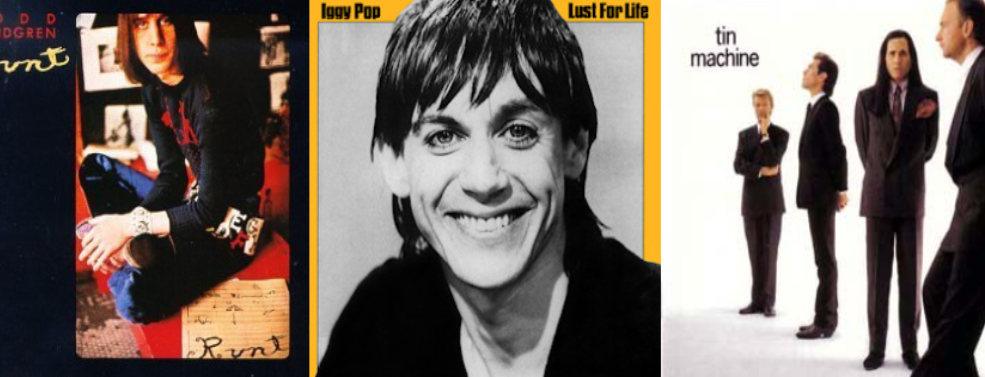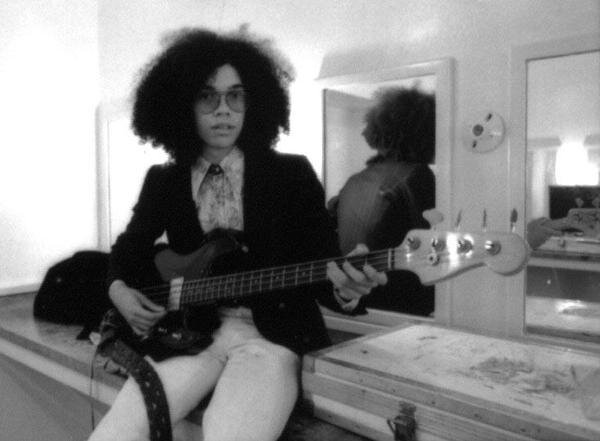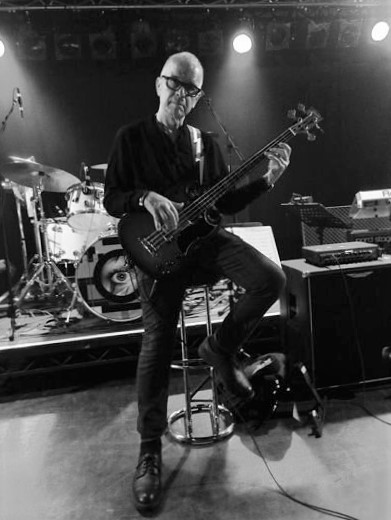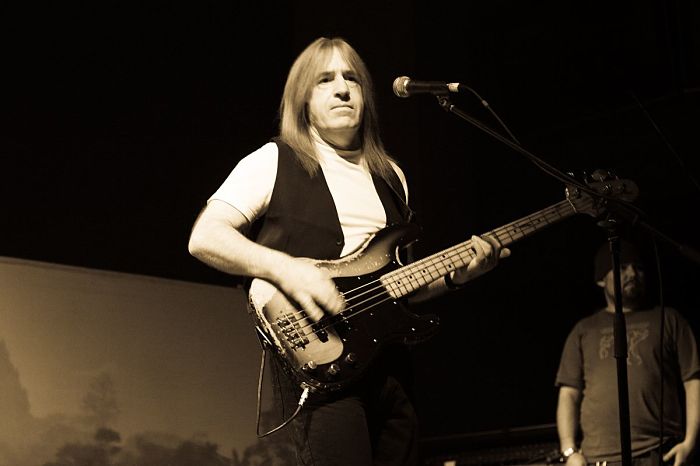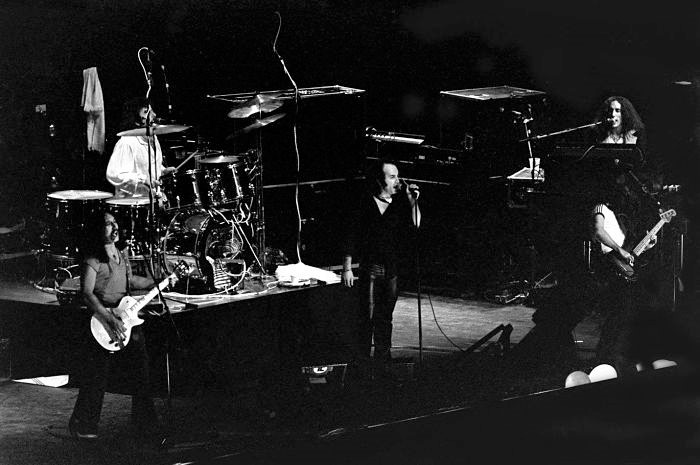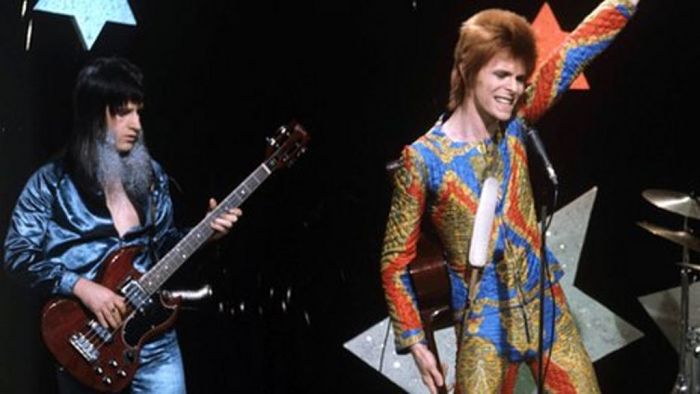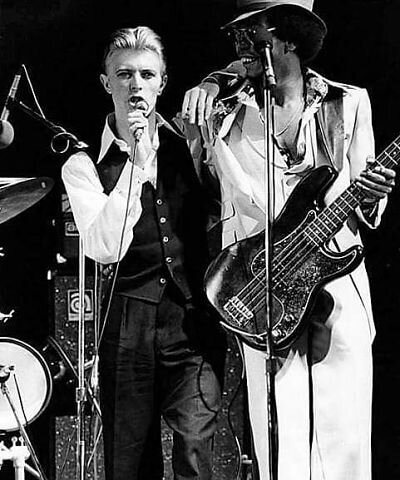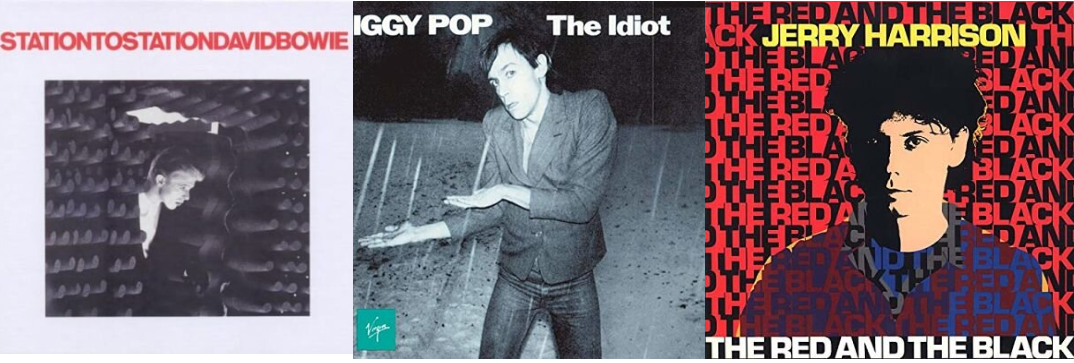Willie Weeks (Donny Hathaway, Eric Clapton)

By Thomas Semioli
“He’s the baddest bass player in the U.S.A!” proclaimed the late, great Donny Hathaway from the stage of the Bitter End in New York City nearly 50 years ago (1971) – and that proclamation still holds true well into the 21st Century.
You know that jukebox that goes “doyt doyt” at Danny’s All-Star Joint? That’s Willie Weeks!
From the late 1960s to the present day, Willie Weeks continues to set the bar as a session player and sideman. A laid-back pocket player, Willie’s command of rhythm and blues, soul, country, jazz, and pop, and just about any permutation thereof has can be heard throughout the seminal recorded works of several artists including Stevie Wonder (“Misstra Know It All”), Rolling Stones (“It’s Only Rock n Roll), Chaka Kahn, Rickie Lee Jones, Herbie Hancock, John Mayer, Vince Gill, Ron Wood , Etta James, John Scofield, Aretha Franklin, Joe Walsh, George Harrison, Eric Clapton, BB King, Buddy Guy, Rod Stewart, Gregg Allman, Randy Newman, David Bowie (“Young Americans”), and Richard Thompson, to cite a very select few.
Willie’s weapons of choice include: Fender Precision and Fender Jazz basses, Kay, Alleva Coppolo, and his “WW” Willie Weeks signature bass by Bee Basses.
A giant of the instrument, Willie Weeks is long overdue for recognition in the Rock and Roll Hall of Fame
Tom Semioli / Huffington Post “A Bass Player’s Rant: 33 Who Belong in the Rock and Roll Hall of Fame” : https://bit.ly/2POxUJr
Willie Weeks Sound & Vision… (See Best Bass: Willie Weeks Know Your Bass Player Playlist – Spotify)
Willie Weeks’ watershed solo on “Voices Inside (Everything is Everything)” https://youtu.be/3gpN-SJD-VY from Donny’s iconic Live (1972) album remains a benchmark for bassists.
A rare Willie slap passage with George Harrison “Woman Don’t You Cry for Me” https://youtu.be/47l0EzvjN4I
Willie and Eric Clapton on a live rendition of “Motherless Children” https://youtu.be/h9d2ZeAvBgA
Rolling Stones “It’s Only Rock and Roll” https://youtu.be/DmgCy__eUa8
David Bowie “Young Americans” https://youtu.be/iO6OvHxD_m8
Willie’s bass solo composition with Ron Wood “Crotch Music” https://youtu.be/KNAg8TVS2RY
Vince Gill “Never Alone” https://youtu.be/MtQvLF1ZKCg
James Taylor “I Was a Fool to Care” https://youtu.be/SnwZySCHyNw
Stevie Wonder “He’s Misstra Know It All” https://youtu.be/uivvYGyQiow
Rickie Lee Jones “Danny’s All Star Joint” https://youtu.be/T9dRLzd0sXU
